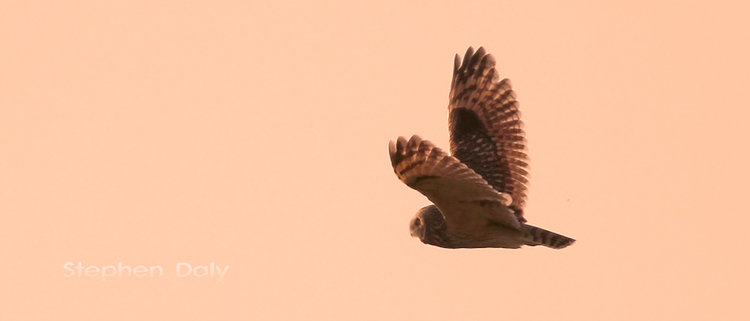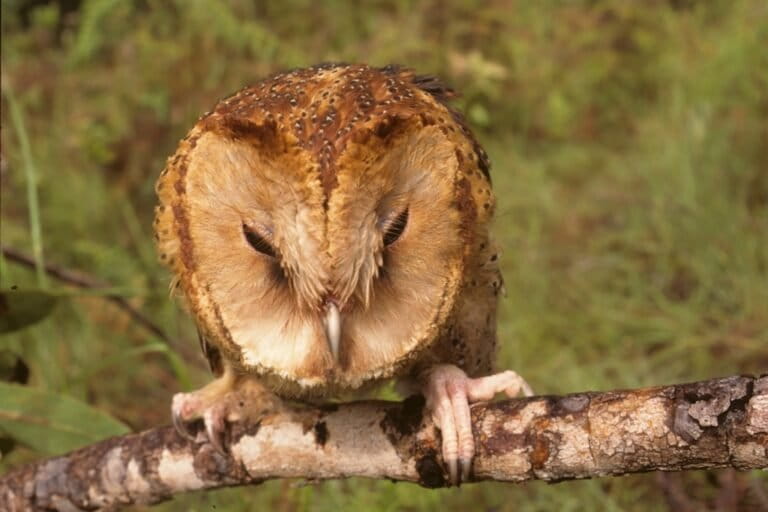Short-eared Owls(Asio flammeus) are wonderful birds to watch hunting across the glowing evening landscape of la Janda in Cadiz province, Spain.
Andalucía has a fantastic wealth of bird species all year round and during the colder winter months in the north of Europe many birds spend months in the south-west corner of this avian paradise including many Short-eared Owls. Of course their presence varies from year to year and like the other nomads of the bird world food sourcing and supply is the major factor.
Owls have evolved to hunt by ear and with their superb eyesight they can locate small mammals like voles, their preferred prey as they run through their grass tunnels. Their facial disc shape is no accident and eyes and ears are situated very close to each other allowing the owl to home in on their prey with amazing precision.
They swoop down on prey with talons at the ready. Their prey is quickly dispatched with a nip to the top of the spine at the base of the skull and their prey is usually swallowed whole.
Short-eared Owls are active during daylight hours mainly dawn’s first light and also at dusk. Birds fly very low to the ground and skim silently over low vegetation listening and swivelling their very mobile heads around as they detect the slightest sound. The grassy embankments along the canals and fields of La Janda are perfect and you can often find them sitting on posts that runparallelto the public tracks.
The opportunities to take flight shots have been good the last couple of years but they do move around a lot and roosts are continuously disturbed byhunters.
All of these shots were taken at La Janda and I do have many that were taken in other areas of Europe during the breeding season and it’s interesting to note the subtle difference in colours of birds from different areas. Many of the Austrian and Hungarian Owls for example are much lighter or washed out looking compared to the birds that arrive here to winter. It’s not that the sunset gives them this lovely hue, they are actually a much richer and deeper brown and ochre.
Watch out for Long-eared Owls (Asio otus) too. Both species are quite similar and although Short-eared are more numerous there are some Long-eared out there with them as well. You can read about my experiences with mixed roosts of both species hereShort-eared Owls can live up to fourteen years in the wild. Increasingly loss of suitable habitat has been reducing their numbers in some areas as land is used for crop production and the control of rodents on farmlandsuch as volescontinues. On the whole their populations are still good in most continents.
Stephen Daly
Stephen Daly, has been birding since he was eight years old in his native Scotland. After living in Germany and France he established Andalucian Guides the successful birding and wildlife tour company on The Strait of Gibraltar in Spain and has been living here since 2001. Photographing birds in flight is one passion and his photos can be found in many books, magazines and journals. Studying bird behaviour and bird migration are two other positive aspects of being based on one of the busiest migration routes on Earth.
- Web |
- More Posts(81)
















Leave a Reply